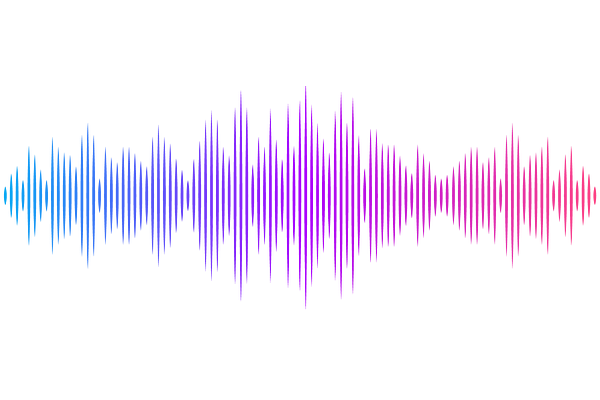Single-cell genomics of single soil aggregates: methodological assessment and potential implications with a focus on nitrogen metabolism

Single-cell genomics of single soil aggregates: methodological assessment and potential implications with a focus on nitrogen metabolism
Matsumura, E.; Kato, H.; Hara, S.; Ohbayashi, T.; Ito, K.; Shingubara, R.; Kawakami, T.; Mitsunobu, S.; Saeki, T.; Tsuda, S.; Minamisawa, K.; Wagai, R.
AbstractSoil particles in plant rooting zone are largely clustered to form complex porous structural unit called aggregates where highly diverse microbes coexist and drive biogeochemical cycling. The complete extraction of microbial cells and DNA from soil is a substantial task as certain microbes exhibit strong adhesion to soil surfaces and/or inhabit deep within aggregates. Yet, the degree of aggregate dispersion and the efficacy of extraction have rarely been examined, and thus adequate cell extraction method from soil remain unclear. We aimed to develop an optimal method of cell extraction for single-cell genomics (SCG) analysis of single soil aggregates by focusing on water-stable macroaggregates (diameter: 5.6-8.2 mm) isolated from a topsoil of cultivated Acrisol. Using the same six individual aggregates, we performed both SCG sequencing and amplicon analysis. While both bead-vortexing and sonication dispersion methods improved the extractability of bacterial cells compared to previous studies, the latter yielded higher number and more diverse microbes compared to the former. The analyses of nitrogen-cycling and exopolysaccharides-related genes suggested that the sonication-assisted extraction led to greater recovery of microbes strongly attached to soil particles and/or inhabited the aggregate subunits that were more physically stable (e.g., aggregate core). Further SCG analysis revealed that all six aggregates held intact microbes having the genes (i.e., potentials) to convert nitrate into all possible nitrogen forms while some low-abundance genes showed inter-aggregate heterogeneity. In addition, all six aggregates studied showed overall similarity in pore characteristics, phylum-level composition, and the microbial functional redundancy. Together, these results suggest that water-stable macroaggregates may act as a functional unit in soil and show potential as a useful experimental unit in soil microbial ecology. Our study also suggest that conventional methods employed for the extraction of cell and DNA may not be optimal. The current findings underscore the necessity to advance extraction methodologies, thereby facilitating a more comprehensive understanding of the microbial diversity and functioning within soil environments.